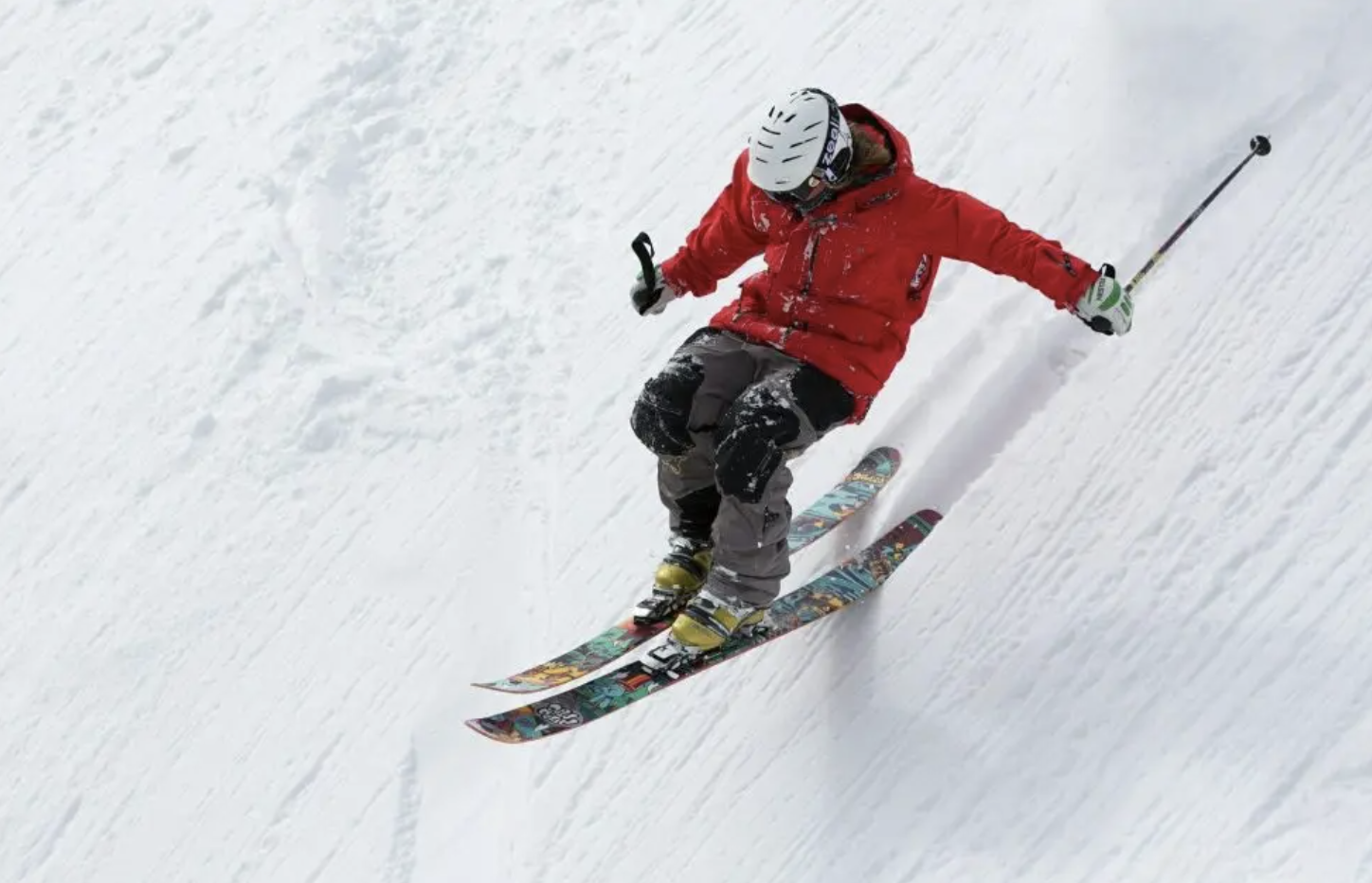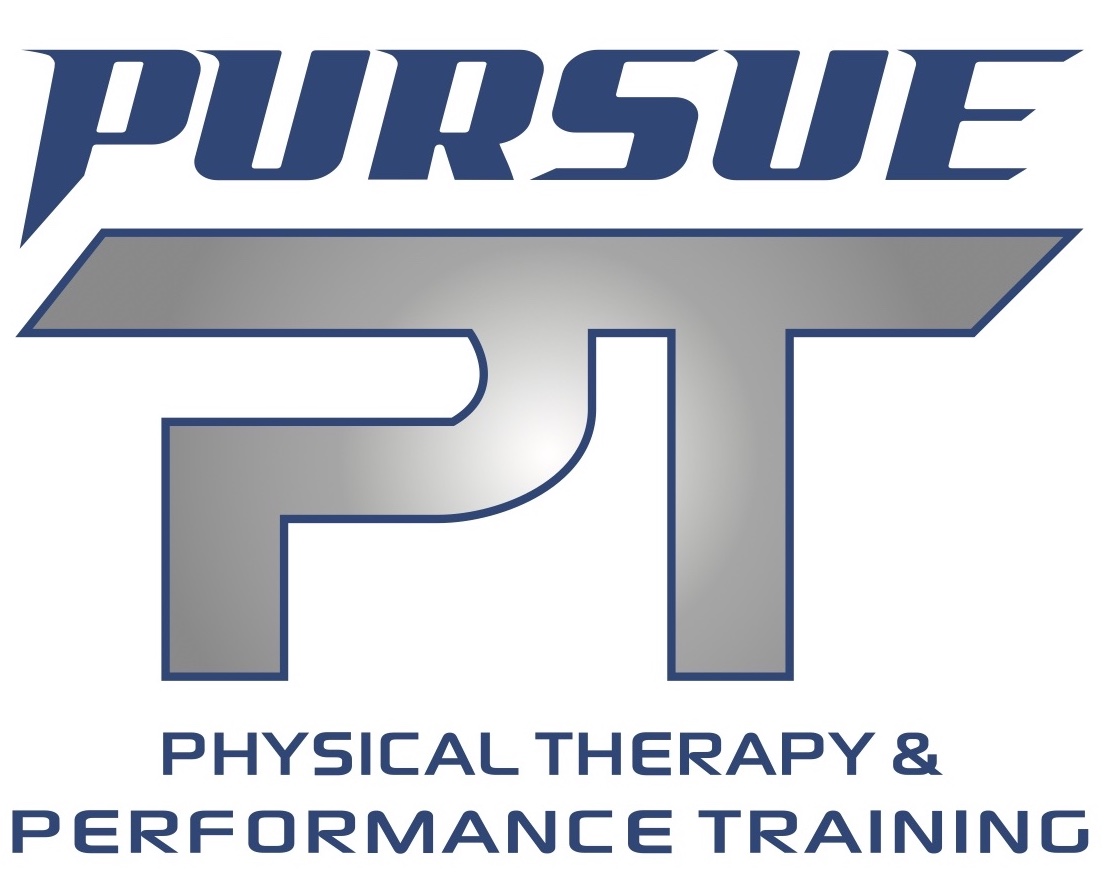
Our sports physical therapists can help you with your winter sports injuries at the following locations:
Sports Physical Therapy In Verona, NJ
Sports Physical Therapy In Hoboken, NJ
Sports Physical Therapy In Cedar Knolls, NJ
With the winter season comes a whole range of exciting winter sports — skiing, snowboarding, hockey, sledding, ice skating and more. Winter sports injury prevention is of utmost importance during the cold months to minimize injuries. Whether you’re hitting the slopes or jumping into the rink, here are 5 winter sports safety tips to keep you safe this season:
1. Warm Up Properly
Yes, just like your middle school soccer coach told you: warming up is essential! Increasing your body temperature before an intense workout is always smart, since it makes your joints limber and increases blood flow to your muscles. However, it’s especially important to prepare your body for a workout in colder temperatures. Warm ups should last anywhere from five to fifteen minutes, and can include an easy jog, lunging or light stretching.
A great way to determine how to warm up is to think about the activity you will be participating in and try to mimic those motions. If you’re skiing, body weight squats and lateral lunges are probably the best way to get your core and hips ready. Ideally, you should work up a light sweat when warming up.
2. Stay Hydrated
This is an obvious tip, but it’s one of the most important things you can do when participating in any sport. Sometimes, we forget to drink enough water when we’re in lower temperatures, but athletes can work up a serious sweat even in the winter. Staying hydrated is essential for regulating your body temperature and preventing cramps during your workout. Here are some more tips on carrying water while skiing.
With drinking water, you should minimize alcohol consumption 24 to 48 hours prior to your activity. Alcohol has negative effects on the brain, joints and ligaments, making them more susceptible to injury.
Now, it’s no secret that alcohol can warm your body up, and it often goes hand-in-hand with snowboarding and skiing. We know it can be tempting to call a few beers your warm up! But, it’s vital to winter sport injury prevention that you drink plenty of water, warm up properly (physically) and be aware of your timing with alcohol.

Snowboarding in the Alps
3. Check Your Equipment
Winter sports can require bundling up. Whether your activity calls for a helmet, pads, clips, boots or skates, you want to ensure you’re taking the proper precautions to prevent injury. This also goes for your temperature — if you’re in the cold for several hours, make sure you’re incorporating gentle stretching and wearing the right layers to stay warm.
4. Start or Continue Strength and Conditioning
One of the best things you can do for winter sports injury prevention is to begin or continue an in-season strength and conditioning program. This mitigates the wear and tear that occurs during a rigorous winter sport by focusing on technique. And, a year-round program can greatly increase your sport performance!
Performance Training can provide you with essential tools to prevent injury. It’s recommended to participate in performance training once or twice a week to maintain strength, work on any nagging injuries and focus on developing muscles unique to their sport. The ideal strength training for a winter sport athlete would utilize moderate to heavy loads with low reps. The goal is to perfect form and maximize strength to minimize injury — not tire you out for your weekend!
5. Hit The Hay Early
Getting enough sleep — yes, we’re talking the full 8 hours — can help you stay safe before a long day in the snow or on the ice. Newer research shows that sleeping six hours or less can have negative effects on both how the body functions and how the brain develops.
It can’t be understated how important it is to get enough sleep before winter sports. If you’re up for 18 to 24 hours straight you’ll be tired and lethargic, sure, but studies show that a lack of sleep actually has the same effect on the brain as drinking does. This increases your risk of injury. If you aren’t firing on all cylinders, you will be more susceptible to harm when doing your activity.
Takeaways:
Don’t forget these 5 winter sports safety tips this winter season:
- Warm up before working out
- Drink a lot of water and less alcohol
- Wear the right safety equipment for your sport
- Look into Performance Training for year-round strength and conditioning
- Get at least 8 hours of sleep
Common winter sports injuries include concussions, sprains, dislocations and fractures. There are even injuries aggravated by specific sports, like Skier’s thumb. Winter sports injuries can hinder an athlete’s ability to perform well or even cut the season short, but they can be preventable with proper precautions! Doing everything you can to minimize and prevent winter sports injuries will benefit your body for years to come. If you’re looking for more winter sports injury prevention tips or want to inquire about performance training, contact our team at Pursue PT today for sports physical therapy!
Board Certified in Orthopedics
Board Certified in Sports
Fellowship Trained in Orthopedic Manual Physical Therapy
Certified Strength & Conditioning Specialist
AUTHOR
Dr. Brandon Cruz
Owner/ Physical Therapist
SHARE THIS
COMMENTS

Copyright © 2023 Pursue PT All rights reserved
Quick Links
Stay Connected